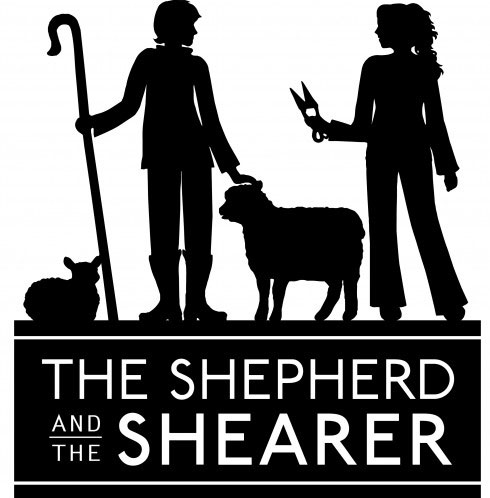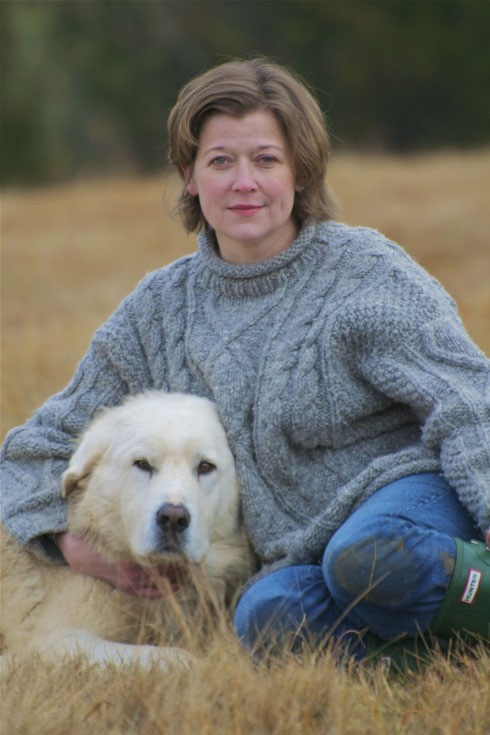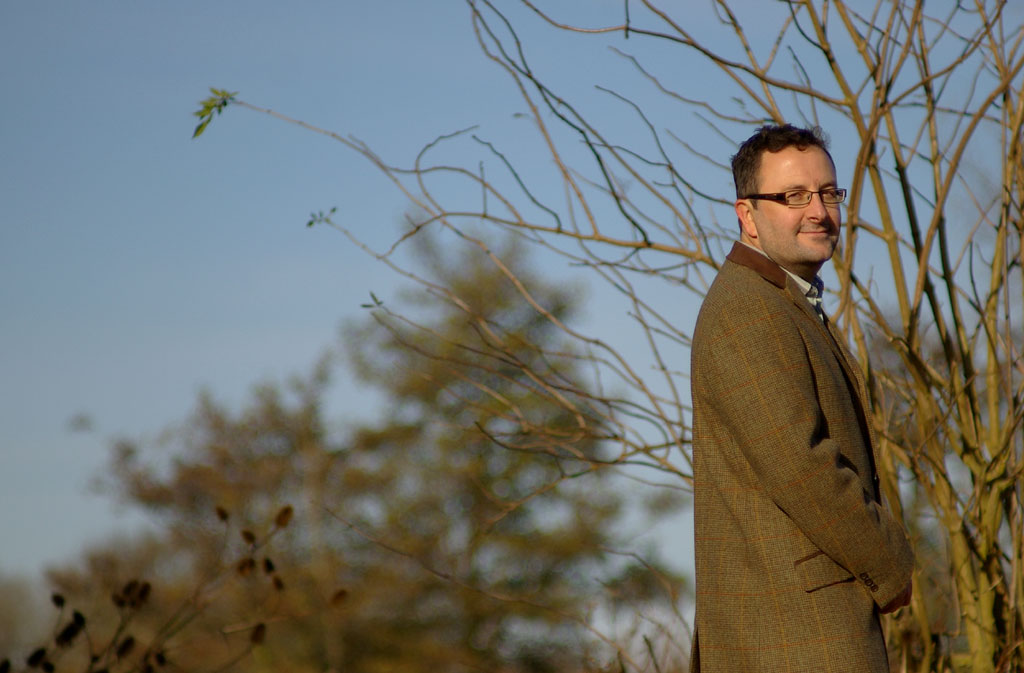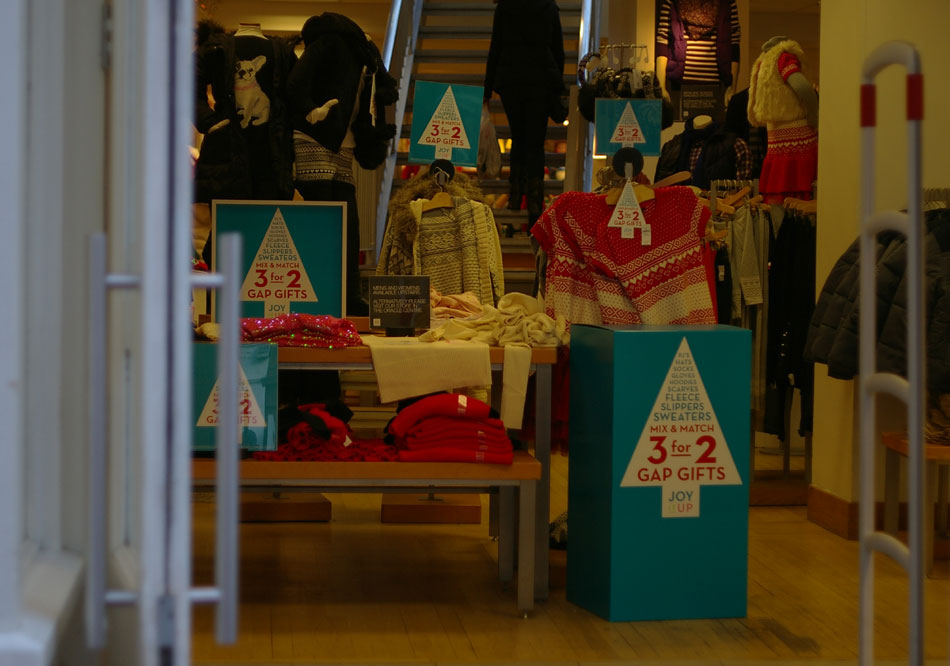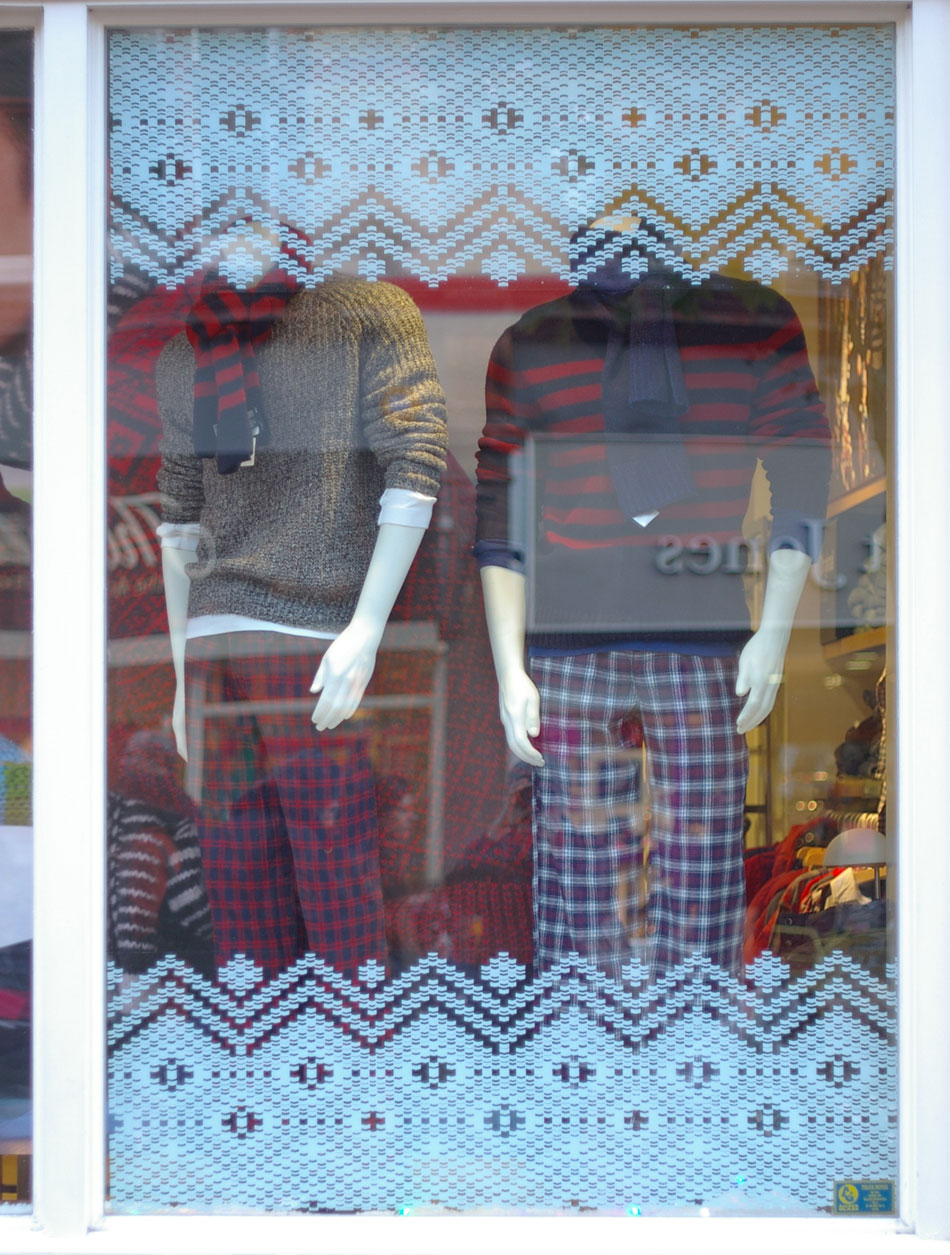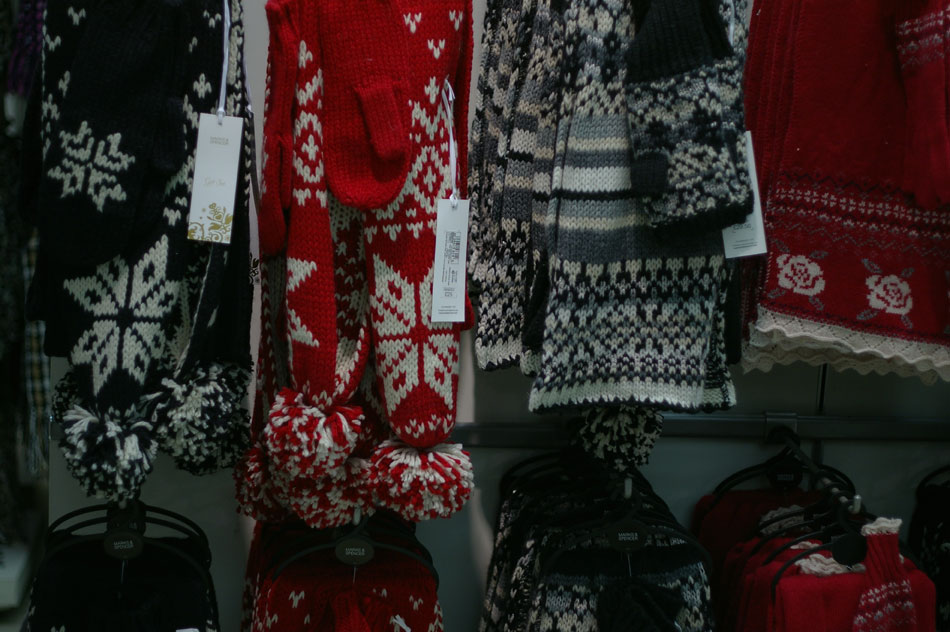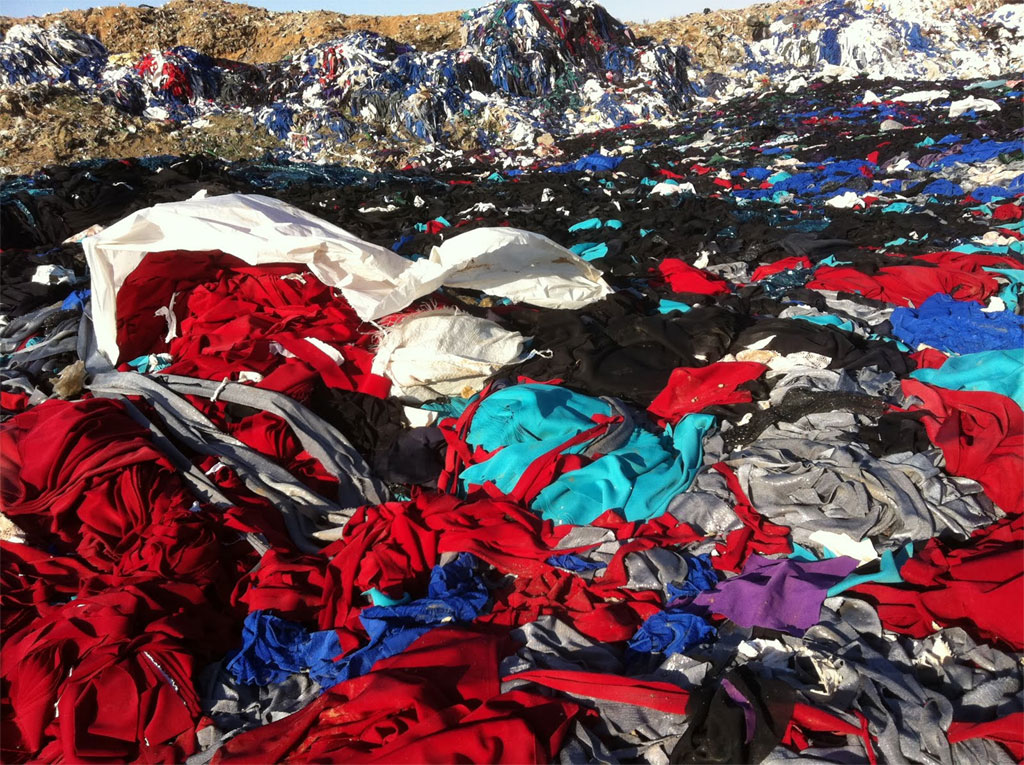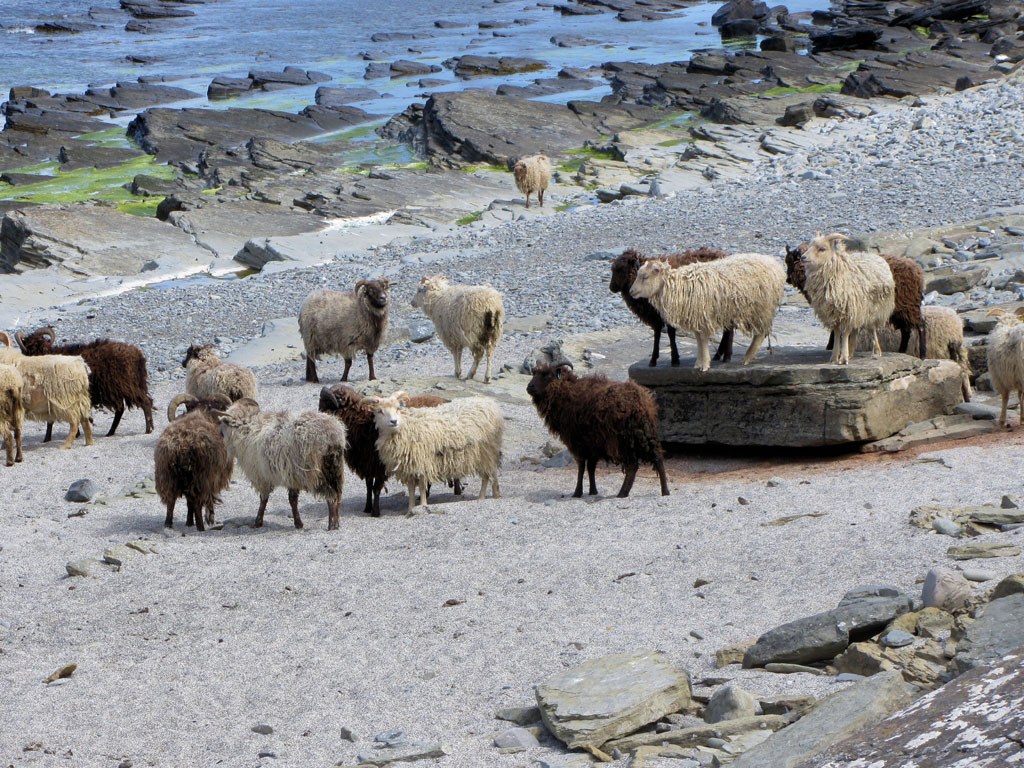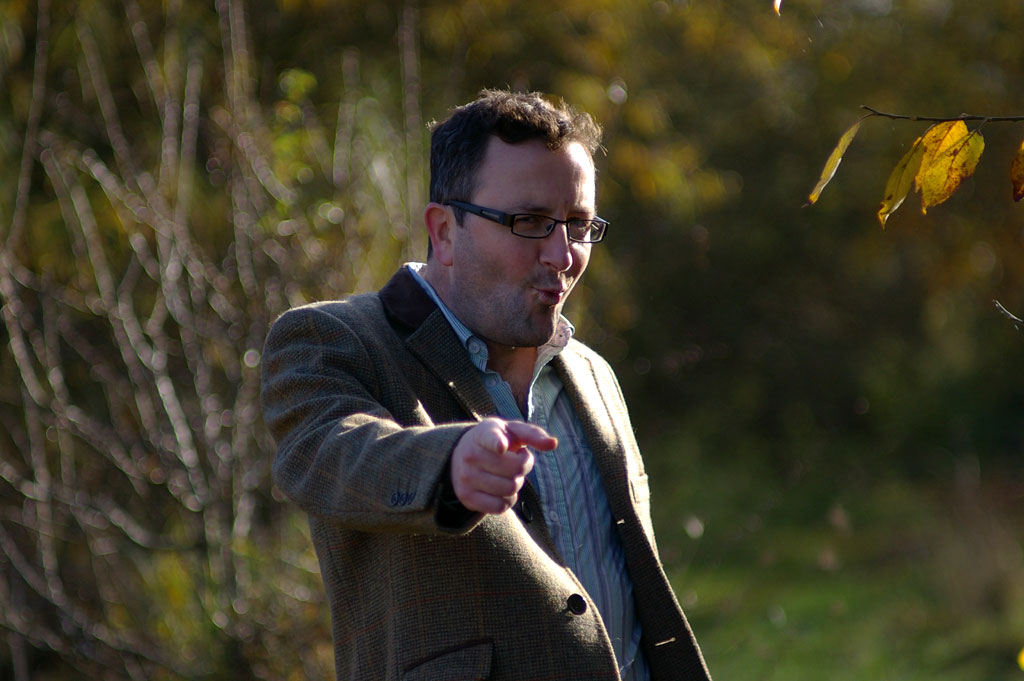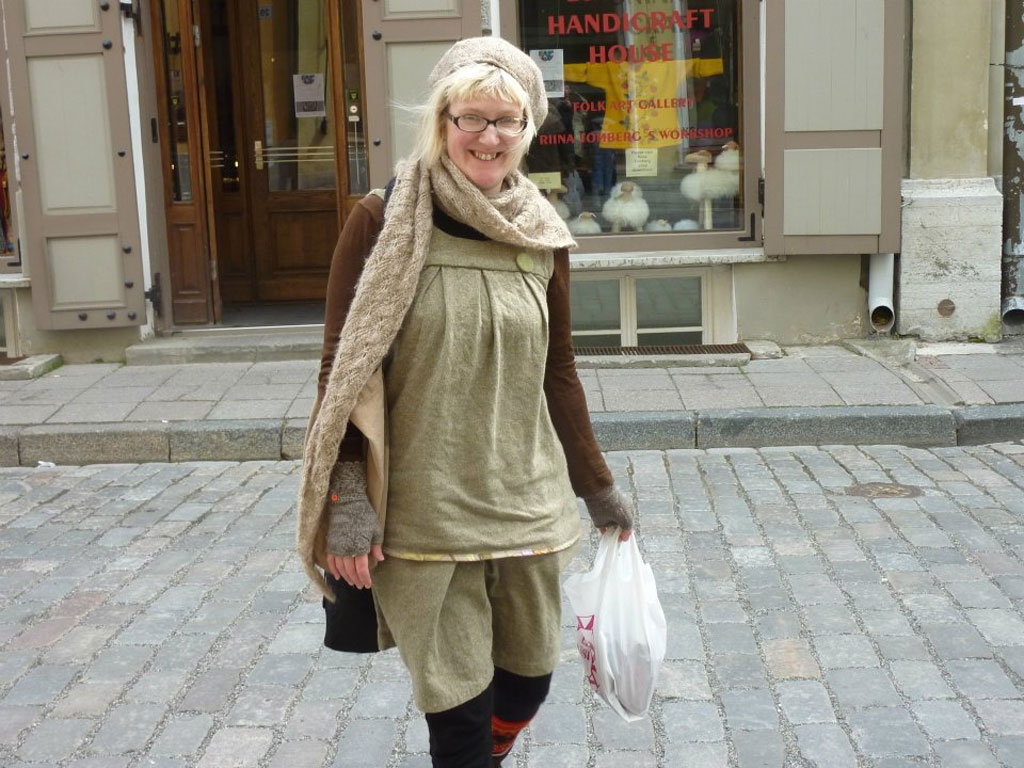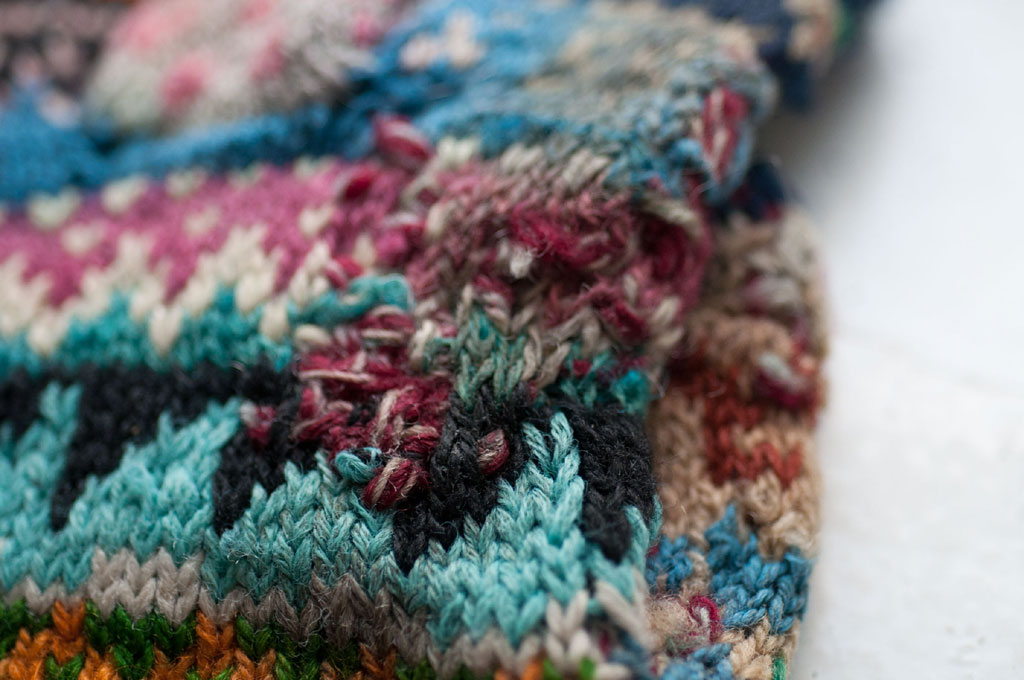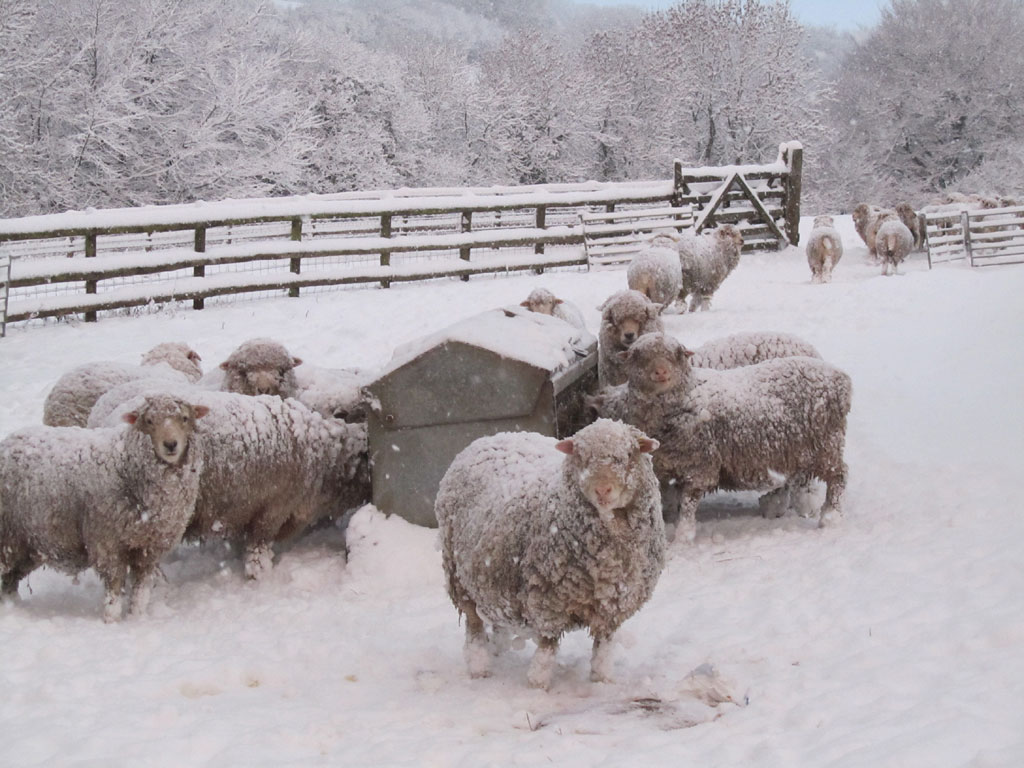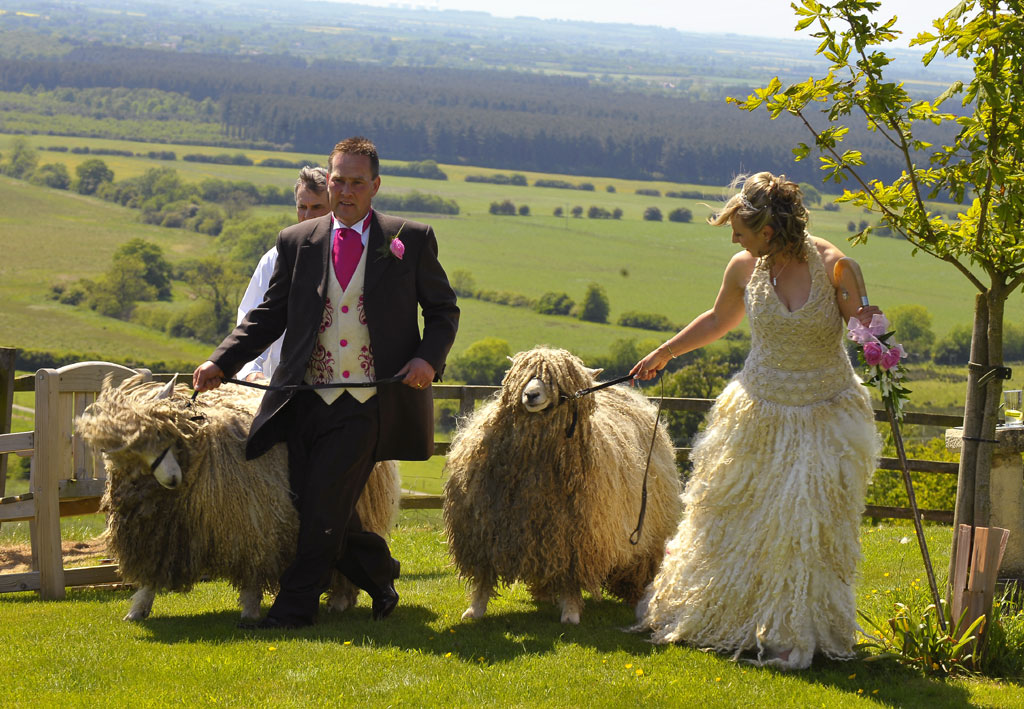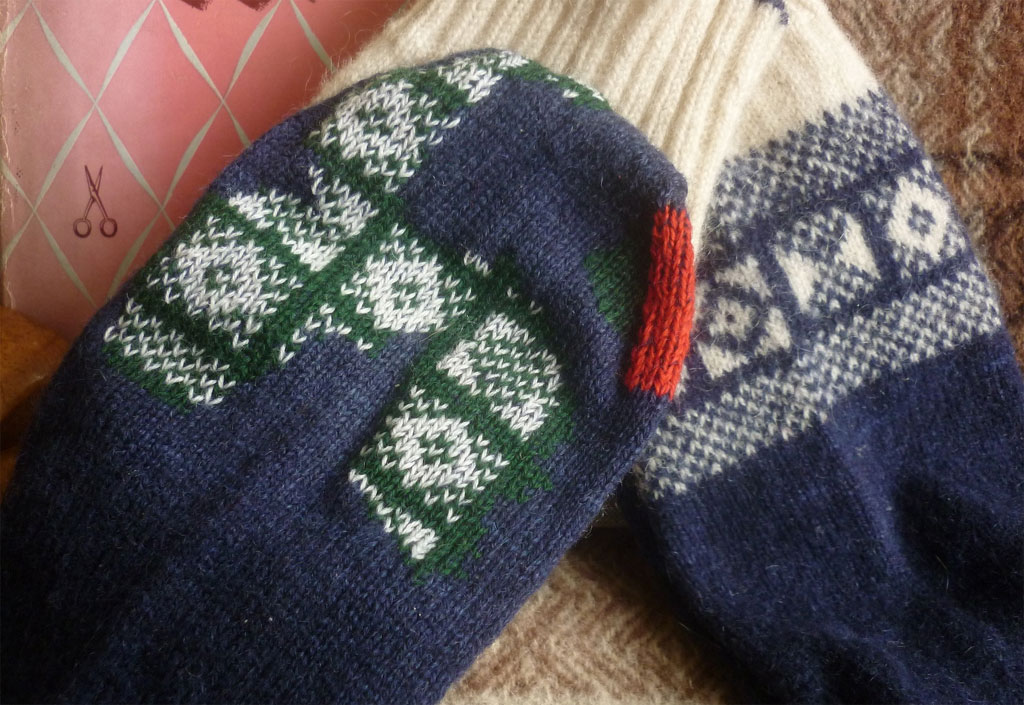We are into the last 5 days of WOVEMBER!
This means we are into the last topic of our five phases of WOVEMBER blogposts – ‘Growing Wool’, ‘Harvesting Wool’, ‘Processing Wool’, ‘Working with Wool’ and ‘Wearing Wool’. I hope it is by now clear why we chose this structure for organising all the pieces this year, and that you have enjoyed following the sheep to garment process through all the articles we’ve curated, and meeting so many people along the supply chain behind WOOL. The idea was for us to experience here a greatly accelerated version of the journey that real wool takes from a sheep’s back to ours in an effort to celebrate WHAT REAL WOOL IS!
Anyone who is interested in WOOL and connected to the Internet cannot fail to have noticed that another totally awesome project celebrating the journey from sheep to sweater has launched this WOVEMBER. The Shepherd and The Shearer is a collaboration between Susan Gibbs of Juniper Moon Farm, Emily Chamelin, Kate Davies and Kirsten Kapur. It’s a fantastic project in which wool (sheared by Emily Chamelin) will be mill-spun and designed into amazing Aran sweaters (by Kate Davies and Kirsten Kapur). Everyone who buys into the project will receive enough yarn to knit a sweater, both the sweater patterns, and a book detailing the entire process of how the yarn was created and how the sweaters were designed. Another wonderful aspect of the project is that a portion of the profits will go towards establishing a scholarship fund to send women to shearing school. Everyone who knits these sweaters will have the full story of the yarn used to make it and you can’t get much more ‘Closing the Gap’ than that.
There are great posts about this project here, here and here.
One of the things that really stood out for me when reading about the launch of this project was Susan Gibbs’ story about the sweater that started it;
Susan Gibbs in a 20-year old sweater!
I hope Susie won’t mind our recounting the story again here for WOVEMBER readers; it’s really a wonderful ‘Wearing Wool’ story;
I bought this sweater 20 years ago at a farmers market in Washington D.C. and I wear it nearly every day in the winter. I wear it to feed the sheep and work around the farm, or when I’m running errands. It’s almost like a coat for me.
When I first bought it, it wasn’t particularly soft but it has softened up a bit over the years. Most remarkably, it hasn’t pilled the way sweaters knit from softer yarns are apt to.
Last year, I brought that sweater with me when I did my yarn shop book tour, and, in nearly every yarn shop I wore it into, a customer would come up to me and say, “I want to make a sweater like that! Where can I find that yarn?” I would explain that most shops don’t carrying hard-wearing Aran weights and why, and all the knitters within earshot would protest loudly that they would absolutely buy that kind of yarn if shops sold it. Then the shop owner would point out that they had carried that kind of yarn and it never sold.
It was like being in Groundhog Day. It happened in every store I wore that sweater to.
The fact is, most knitters judge a yarn by it’s softness, not by it’s hard-wearingness. I admit I am guilty of this too. Don’t believe me? Hang out in a yarn shop for a couple of hours. Everyone who walks in will pick up a yarn they are considering and rub it on their neck to see if it’s scratchy.
The problem with this is that every garment isn’t suited to a buttery soft yarn. There are some yarns that will pill if you stare at them too hard, let alone lean against the back of a chair. The key is to select the right yarn for your project, and for a sweater like the one I’m wearing above, you need a sturdy, aran yarn. And if you live in the United States, good luck finding one.
– Susan Gibbs of Juniper Moon Farm
Last year Kate and I both wrote about how our respective Deco cardigans were wearing, (mine knit in Excelana; Kate’s knit in Blacker Yarns Corriedale 4-ply) and Kate also wrote about how well a vintage shetland cardigan she owns has held up over the years; like Susan Gibbs, we have found that our 100% WOOL garments made in hard-wearing, strong, good quality sheep’s wool really last and that this lasting quality of wool makes it an exceptionally good-value textile for wardrobe staples.
‘Wearing Wool’ is a time to reflect on what happens after wool has been grown, shorn, processed and fashioned into clothes; a time to reflect on our own role in its life-cycle. Once WOOL garments reach us, they already have an amazing back-story… what can we, as consumers of WOOL clothes, add to their back-story?
Mark (my partner) has been searching for the perfect 100% WOOL coat for a very long time. Here he is in the coat that he finally found, out walking in places where the colours of the landscape match the beautiful tweed! The coat was not cheap to buy, but Mark had been thinking for a long time that when he found the perfect wool coat, it would be an investment. It was exquisitely made in the UK and he will have it for years to come.
To invest means ‘to clothe’, perhaps the financial connotations of the word developed because once – when all our clothes were made of wool, and were made by hand – they must have been amongst the most expensive things we owned.
The price tag on good quality 100% WOOL items appears high when compared to bargaineous acrylic and polyester knock-offs that look like WOOL…
…are marketed to resemble time-honoured textile traditions born in WOOL…
…but are very emphatically and very definitely NOT WOOL.
To me the most odious aspect of describing non-wool textiles as “WOOL” is that while wool textiles can be produced sustainably and have demonstrable links to places, people, animals and history, textiles derived from oil by their very definition are unsustainable and will in time destroy the very landscapes that their misleading marketing romantically evokes. The beautiful images of hills covered in sheep associated with the word “WOOL” are the very places that our current fashion habits will eventually destroy if we do not change how we produce and consume clothes. So if we are going to talk about ‘expensive clothes’, then there is a case to be made for how expensive throwaway fashions and petrol-based textiles are. As ‘Wearers of clothes’ – let alone ‘Wearers of Wool’ – we can do much to change this situation!
Textile landfill in Syria, photo found here.
Cheap fashion is not only expensive in terms of the amount of landfill it generates, but also in terms of the harmful plastic microfibres that are shed into the water supply every time we throw petrol-based garments into the washing machine.
‘Valuing our clothes‘ is an incredibly important report on the actual costs incurred by the current trends for fast and throwaway fashion. The report makes for sobering reading and here are the key findings;
the average UK household owns around £4,000 worth of clothes – and around 30% of clothing in wardrobes has not been worn for at least a year;
the cost of this unused clothing is around £30 billion;
extending the average life of clothes by just three months of active use would lead to a 5-10% reduction in each of the carbon, water and waste footprints; and
an estimated £140 million worth (around 350,000 tonnes) of used clothing goes to landfill in the UK every year
You don’t have to read the whole thing to realise that owning fewer clothes, using the clothes we own more often, mending clothes when they tear or wear thin, and sending fewer clothes to landfill are all ways of collectively reducing the high cost of fashion.
These are patterns of consumption that are excellently suited to ‘Wearing Wool’ and all identify ways in which – as ‘Wearers of Clothes’ – we can have a positive impact on the landscapes and water-supplies which support sheep!
North Ronaldsay sheep, photo © Jane Cooper
As we have seen through ‘Growing Wool’, ‘Harvesting Wool’, ‘Processing Wool’ and ‘Working with Wool’ the labour involved at each stage means that it is difficult to produce wool clothes cheaply unless someone along the feeding chain is horribly underpaid in some way, or unless sustainable environmental farming practices or animal welfare are compromised. It honours the work involved in producing WOOL to appreciate its quality, to invest in the labour associated with its production, and to care for WOOLLEN textiles accordingly.
The high-quality tailoring and WOOL composition of Mark’s coat will keep it from the landfill for many years’ time, even if Mark plays ‘spies’ (I think that is a James Bond pose?) in it every Sunday afternoon. If it lasts for thirty years, is worn a few times every week, costs the Earth nothing in terms of landfill space, and prevents the purchase of other similar coats for that whole period of time, can it really be described as being expensive?
‘Wearing Wool’ has been curated this year not only to draw attention to the pleasures of Wearing Wool, but also to the politics of it, and to the difference we can make to WOOL through how we choose to participate in fashion.
Me in a 100% WOOL outfit in Tallinn, Estonia, this Summer; second hand 100% WOOL hat found at Frock’n’Roll, Reading in 2011; merino sweater purchased 2009, darned in several places and also dyed with black walnuts; 100% WOOL shawl hand knitted from icelandic lopi yarn (a gift) in 2010; a tunic and skirt inexpertly sewn from 100% WOOL cloth, purchased at Filkin’s Woollen Mill in 2011; merino base-layer (including pants); Estonian legwarmers designed by Riina Tomberg and 100% WOOL socks handknitted by me.
Nothing in this outfit was ‘cheap’ to buy but since the cost of acquiring the outfit was spread over a 3 year period of time, and since this outfit contains a hefty percentage of all the clothes I own, (especially the base layer, legwarmers and hat, which I wear nearly every day) can it be described as expensive?
Related themes regarding the value, longevity and pleasure of WOOL clothes shall be explored further during ‘Wearing Wool’ through such treats as a piece by Colleen, who offers an urban, London-based perspective on WOOL;
‘A fashion item even then, the coat was worn for a year or so, then passed on to my mum to be worn to work in the same kind of small factories where it was made’ – Colleen
…and another piece from Kata, this time on mending woollen clothes;
‘It is up to us, how much meaning we put into a given garment’ – Kata
Later on in the week, I shall also share candidly some of the highs and lows of embarking on ‘The Slow Wardrobe‘ project which I launched last year during WOVEMBER. It has been both rich and challenging, but then if ‘Growing Wool’, ‘Harvesting Wool’, ‘Processing Wool’ and ‘Working with Wool’ all entail both labour and reward, why not also ‘Wearing Wool’??
‘Wearing Wool’ is a place to reflect on the amazing material properties of wool and on how it is breathable and insulating.
‘If ever you need proof of the thermal properties of a good wool coat then this photo should give it to you. No melting at all’ – Lesley Prior, Devon Fine Fibres
…and finally, ‘Wearing Wool’ will highlight some unexpected ways that we can clothe our homes and gardens with WOOL, as well as ourselves!
‘Wearing Wool’ will celebrate how the very rich contexts of WOOL production have inspired and continue to inspire such fashions as a beautiful Wedding dress partially designed to resemble the animals from which it came;
‘The skirt was made from a light woven Lincoln Longwool cloth. The staples of wool were sewn directly onto this in layers. The layering replicated just how they would naturally hang on the sheep’ – Louise Fairburn
‘Wearing Wool’ is about remembering that nobody ever made a Wedding dress inspired by looking at this…
North Sea Oil Rig, photo © Keith Hiscock and found here
…and that if they did, it would be insane to market it as being ‘WOOL’, ‘WOOLLY’ or ‘WOOLLEN’.
As the culmination of this extraordinary month of reflecting on what WOOL is, ‘Wearing Wool’ explores what we can add to clothes rich with stories of sheep, shearing, spinning, and designing through the choices we make as consumers of fashion, and creators of trends. ‘Wearing Wool’ recognises the labour that makes it possible for us to wear wool in the first place, and celebrates that even if we do not Grow, Harvest, Process or Work with WOOL ourselves, our fashion choices can nonetheless extend and magnify the meaning of that labour. The sheep to sweater process is an oft-used phrase; these short few days of ‘Wearing Wool’ on the WOVEMBER blog can be best described as ‘after the sweater is made’. Or, “The Shepherd, The Shearer, The Sweater, And The Sweater Wearer”, because the meaning of WOOL really doesn’t stop once it assumes the form of clothes.
As Tom wrote about his amazing Sanquhar darned socks;
‘Once this has worn out, will I be able to perform another Swiss darn, will I need to do a stocking darn, or will I eventually have to resort to refooting the sock? Perhaps for some, these socks are just temporarily stopped on their way out, but for me, the journey with these socks has only just begun’ – Tom

